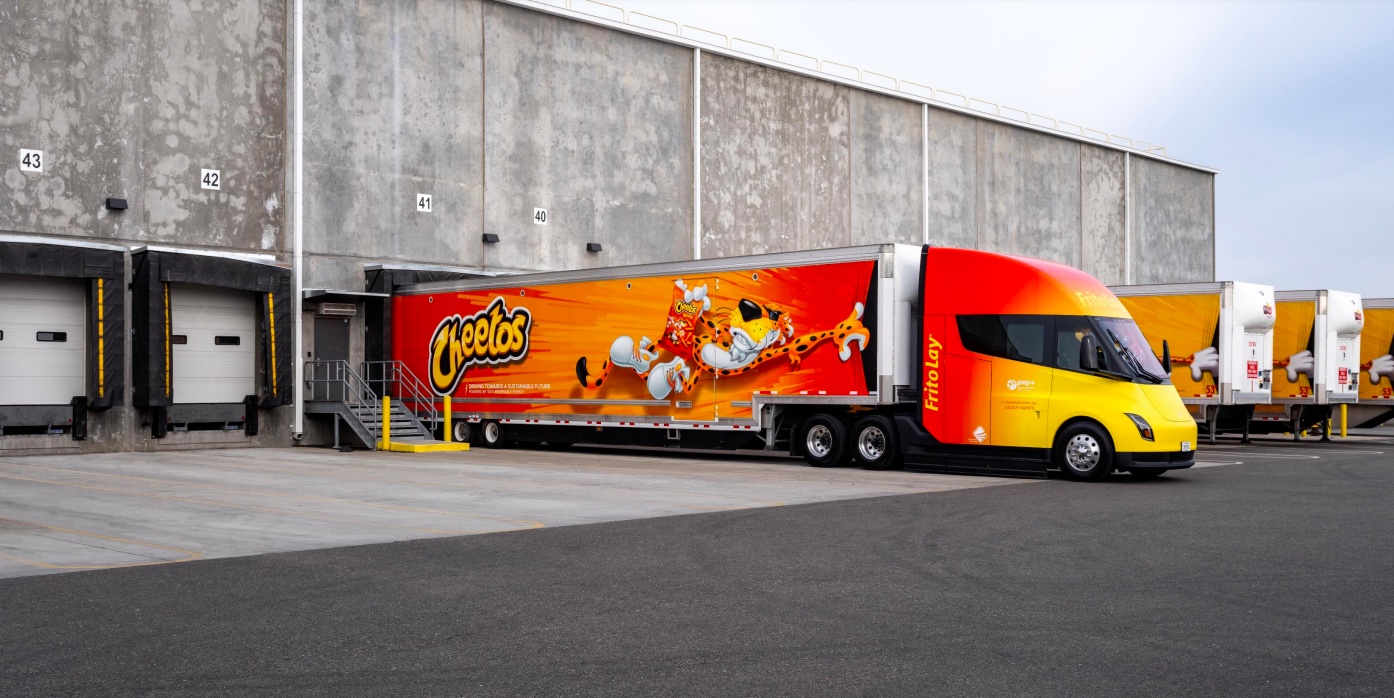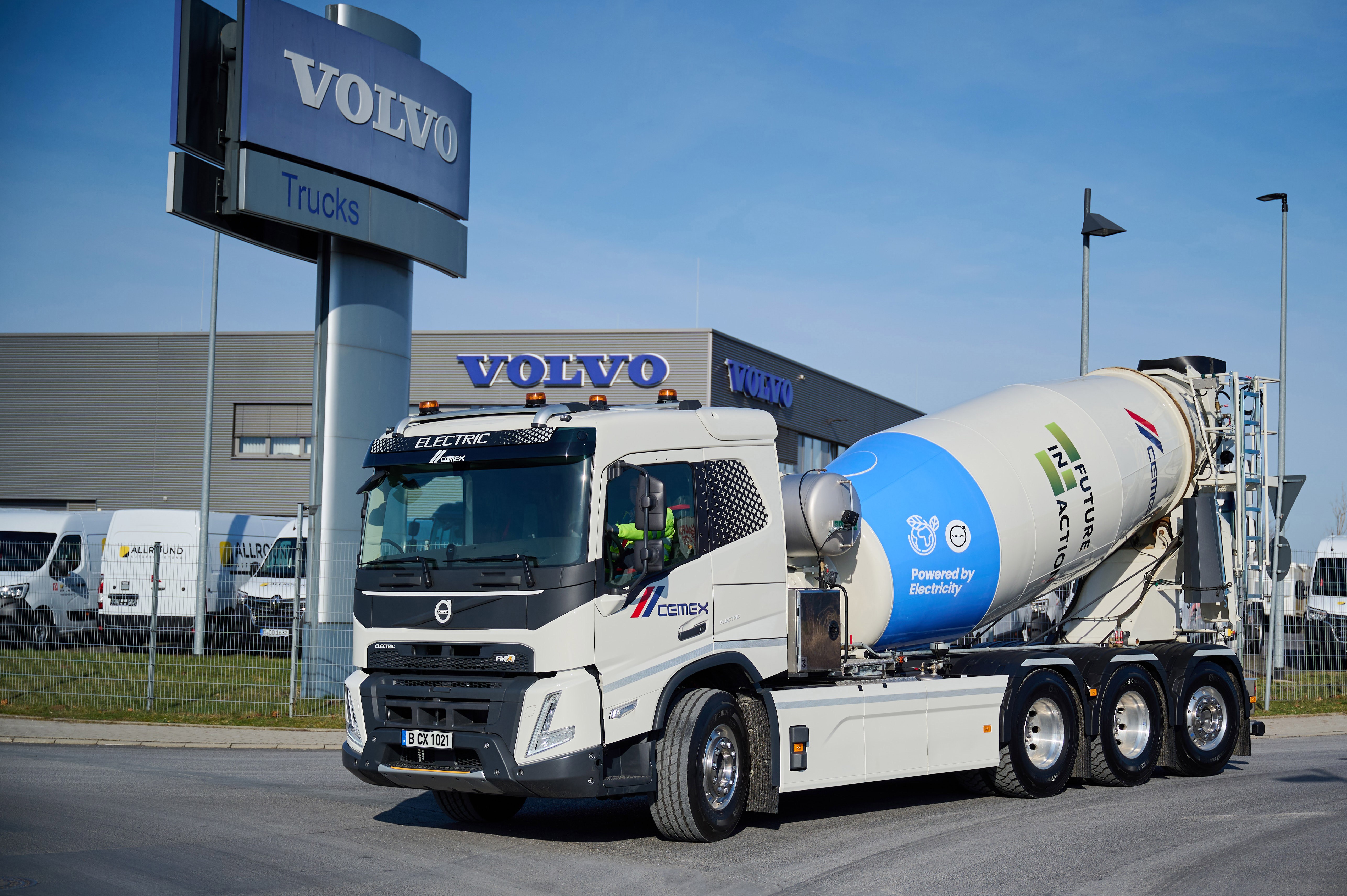Mrbrock
Active Member
Yes, here is an overhead shot of the Frito Lay Modesto Megacharger. The sat view of Pepsi shows construction.Is that 8 cabinets for the four stalls? Funny how one stall in the video is ICEd
Here’s the permit from Pepsi Sacramento. Note the price. And are 750kw posts really “Megachargers”? Assuming mega means MW? Or is this like FSD…?




